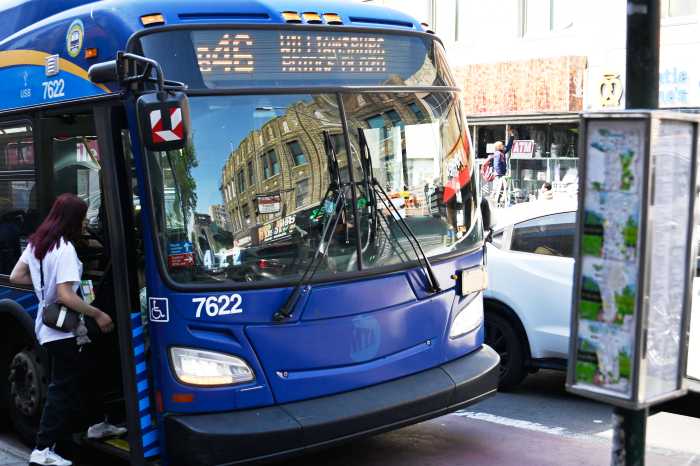How the MTA is Modernizing New York City's Transit System
The MTA (Metropolitan Transportation Authority) is the backbone of New York City's vast transit network. Serving millions of riders daily, the agency is constantly evolving to meet new challenges and improve the commuter experience. This article explores recent MTA initiatives, focusing on fare evasion solutions and major system upgrades, to better understand how transit in NYC is moving forward.

Tackling Fare Evasion: A Growing Challenge for the MTA
Fare evasion has become a significant problem across New York City's transit system. According to amNewYork, millions of dollars are lost each year due to passengers skipping fare payments, especially on city buses. Some riders simply board through back doors or bypass fareboxes. This leads to reduced revenue and places additional financial strain on the MTA.
To combat fare evasion, the MTA employs several strategies. Human enforcement teams, known as EAGLE Teams, are stationed at major bus hubs. Their visible presence has contributed to a steady decline in fare evasion rates. The agency is also updating subway turnstiles and installing delayed emergency exit gates to make unpaid entries more difficult. These changes show the MTA's commitment to ensuring everyone pays their fair share to support the transit network.
Learn more about how the transit agency is taking on fare evasion in this detailed report from amNewYork.
Upgrading Infrastructure: Building a Resilient Transit System
Beyond enforcing fares, the MTA is making major investments in New York's transit infrastructure. After the impact of Hurricane Sandy in 2012, many routes, especially in vulnerable areas like the Rockaways, needed significant repairs. Recently, the MTA completed the installation of new wave barriers, debris shields, and cushioned tracks along the Rockaway A train. These improvements are designed to protect the line from future storms and provide a smoother, more reliable ride.
As reported by Gothamist, these upgrades included replacing bridges and tracks and planning for future signal modernization. Such projects demonstrate how the MTA is preparing for the city's changing needs and climate challenges, while minimizing disruption for daily commuters.
Addressing Safety and Operator Support
MTA staff, especially bus drivers, face growing challenges related to fare enforcement and safety. Direct confrontations over fare disputes have led to violence in some instances, raising concerns among transit unions. The MTA has responded by prioritizing driver safety and reducing the risk associated with fare collection. Calls for enhanced driver protection, such as bulletproof partitions, are a testament to the evolving nature of transit operations in a busy city like New York.
Conclusion: What’s Next for the MTA?
The MTA is at the forefront of ensuring New York City remains connected and accessible. Its efforts to reduce fare evasion, upgrade infrastructure, and protect both riders and employees highlight an evolving, responsive public agency. Riders can expect ongoing improvements as the MTA continues to invest in safety, reliability, and modernization.
Curious about the latest updates and future projects? Dive deeper with this report on Rockaway A train upgrades and follow ongoing MTA news for the most current developments.